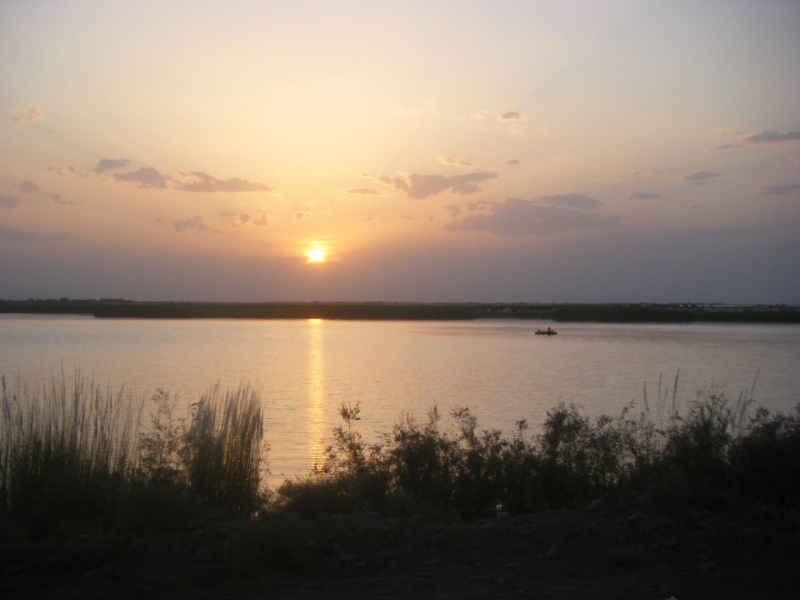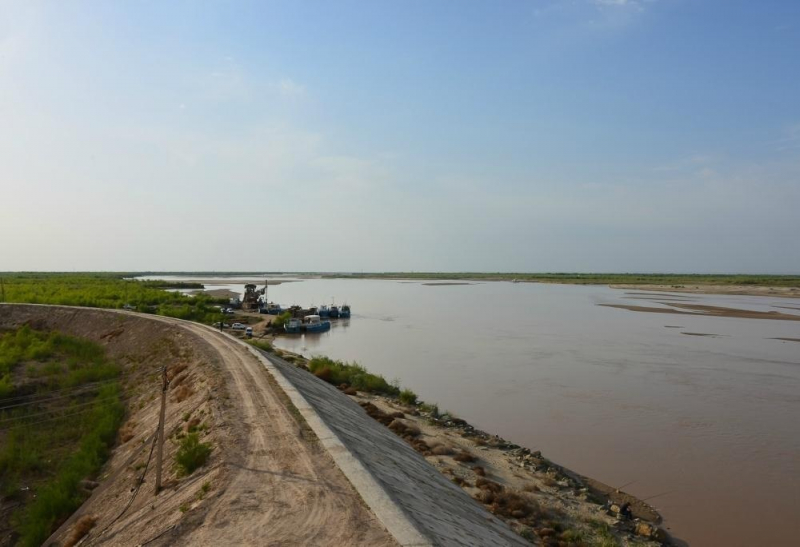Amu Darya

The Amu Darya rises in Tajikistan, formed by the confluence of the Panj and Vakhsh rivers. It ranks first among the top major rivers in Uzbekistan. It flows into the Aral Sea after traveling 1400 kilometers via Tajikistan, Afghanistan, Uzbekistan, and Turkmenistan. The Amu Darya gets its name from the terms "Amu" (the ancient city of Amul) and "Darya", which means "river". However, it was once known as the Vakhsh, after the Zoroastrian goddess of water and fertility. Vakhsh is now simply the name of one of its tributaries. Furthermore, throughout Alexander the Great's Asian conquest, this gorgeous river was known by many names, including Rakha, Arankha, Dzheykhun, Okuz, Oksho, and Oxus.
Large cities grew and vanished on its banks as the river shifted its course in the lowlands or inundated villages. To date, cities around the river include Termez, Turkmenabat, Urgench, and Nukus.
The Amu Darya was once utilized extensively for navigation, but today only small ships can be observed near Turkmenabat. The lower reaches are used for fishing, while the upper reaches, which are located in Tajik territory, are dammed to generate energy. The Amu Darya is mostly utilized for agriculture, and its flow is so strong that its water barely makes it to the dry Aral Sea.
Length: 2,540 km








